Red Purple Blue Flag What Does It Mean
While we gather to honor and celebrate the community this month, many will march while carrying flags that represent different parts of the community.
WASHINGTON — June is Pride Month, a time set aside to celebrate the LGTBQ+ community and to honor the 1969 Stonewall Uprising in Manhattan.
According to the Library of Congress, the first Pride march in New York City was held on June 28, 1970. The march was held on the one-year anniversary of the Stonewall Uprising, a series of events between police and LGBTQ+ protesters that lasted six days.
While we honor and celebrate the community, many continue to march while carrying flags that represent different parts of the community.
Below we will take a look at some of the flags you may see.
Rebooted Pride Flag by Daniel Quasar

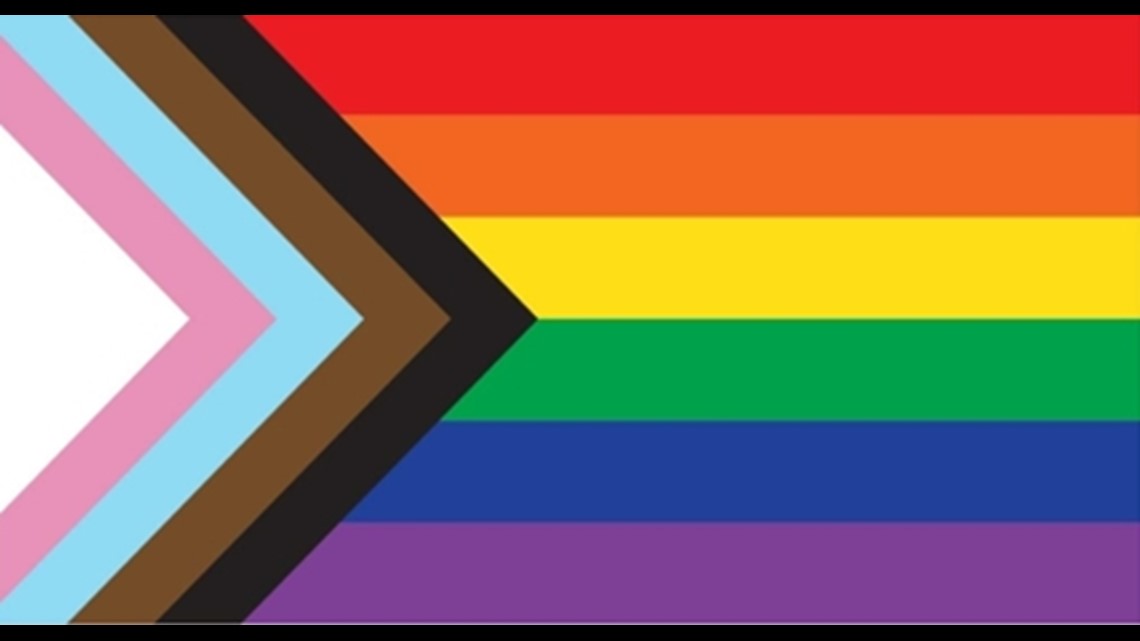
According to OutRight Action International, a human rights non-government organization, a rebooted version of the pride flag by David Quasar aims to show that representation matters. The new design includes queer people of color and transgender people. Click here to learn more about the design.
Trans Pride Flag

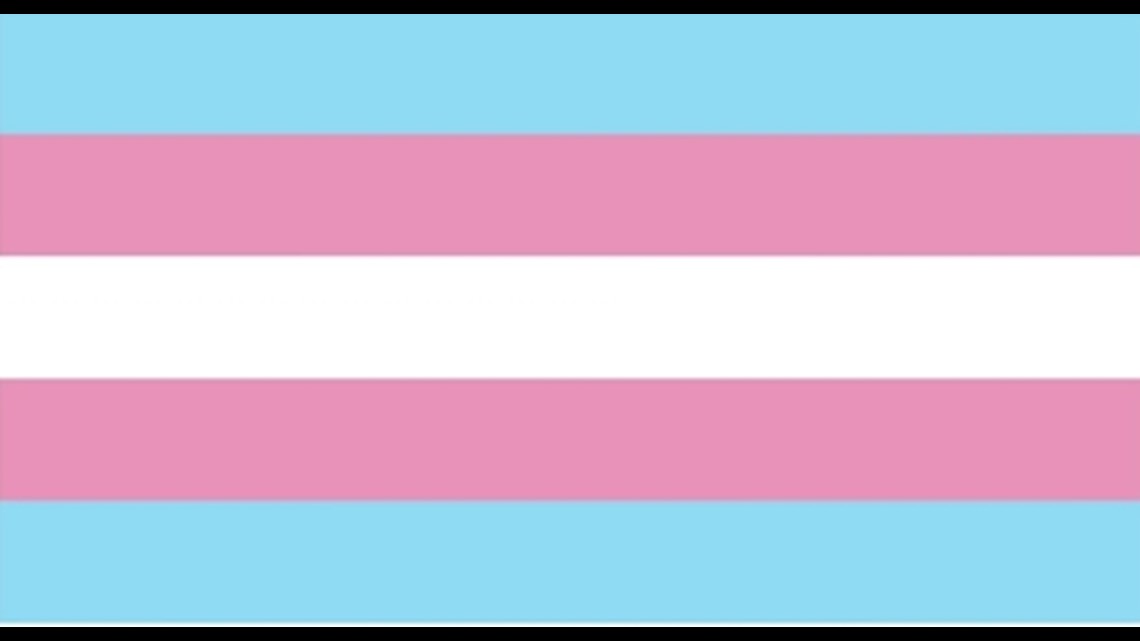
The Trans Pride Flag was designed by Monica Helms in 1999. Helms, an openly transgender woman, designed the flag to be symmetrical so it would be correct no matter how it flew in the breeze. The pinks and blues represent the traditional colors of baby girls and boys and the white stripe represents the intersex, transitioning or those who identify as neutral or undefined.
Intersex Pride Flag


Intersex Australia designed the Intersex flag in 2013. The Human Rights Association chose the colors yellow and purple and a symbol of an unbroken circle to symbolize wholeness and completeness and "our potentialities," the group says on their website.
Bisexual Pride Flag

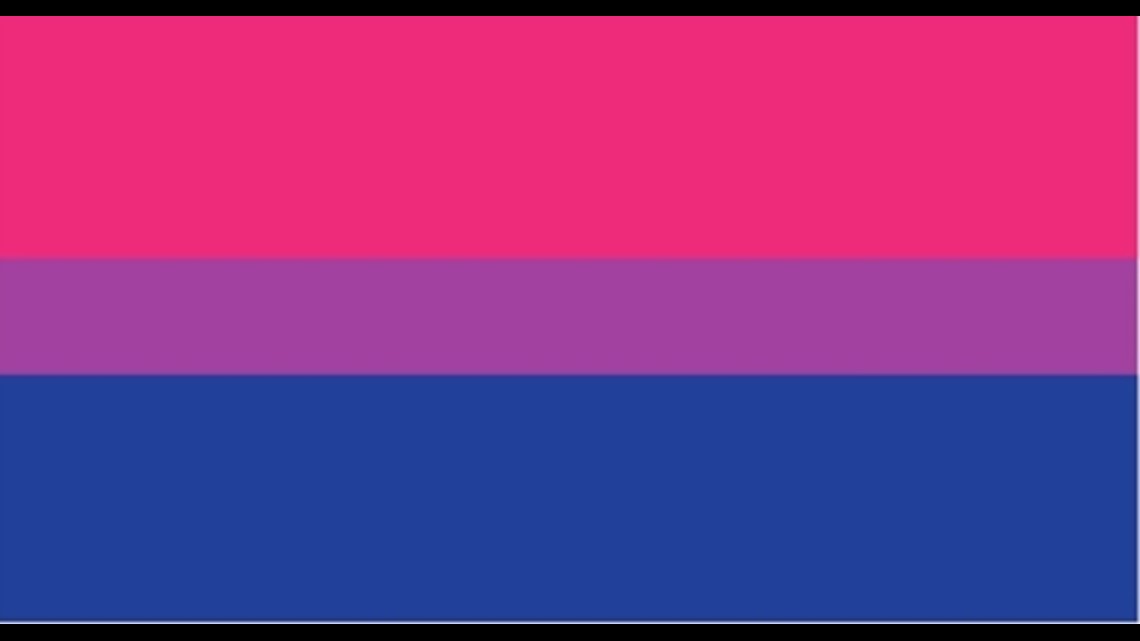
According to OutRight International, an LGBTIQ human rights activist organization, the Bisexual Pride Flag was created by Michael Page in 1998. The pink portion of the flag represents the attraction to the same sex, the blue represents attraction to the opposite sex only and the purple portion represents attraction to all genders or more than one gender.
Pansexual Pride Flag


The pansexual flag was created to distinguish itself from the bisexuality flag and was created around 2010, according to the University of Northern Colorado's Gender and Sexuality Resource Center. The pink on the flag is meant to represent those who are attracted to people that identify as female. The yellow part of the flag represents those who are attracted to people that identify as genderqueer, non-binary, agender, androgynous or anyone who does not identify on the male and female binary.
Nonbinary Pride Flag

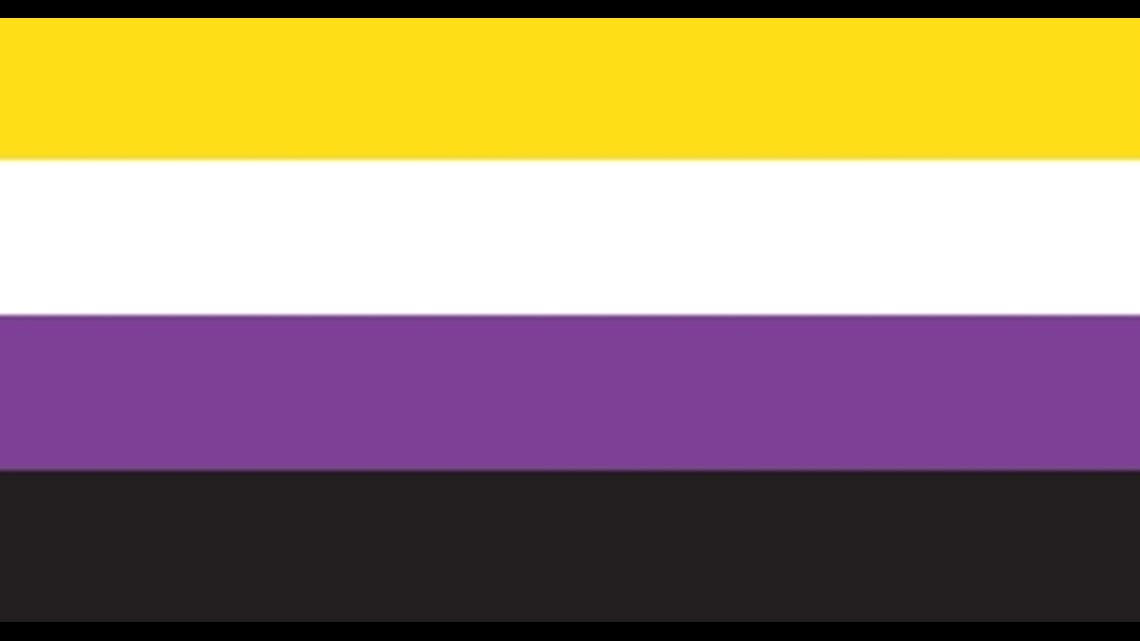
The nonbinary flag was created by Kye Rowan in 2014, according to Queer in the World's website, a publication dedicated to sharing travel resources for the LGBT+ community. The yellow part of the flag is meant to represent the people whose gender identity does not fall in the binary. The white part of the flag is meant to represent people of many or all genders. The purple is meant to represent people whose genders are a combination of female and male. The black part of the flag represents people that don't identify with having a gender.
Asexual Pride Flag


The Asexual Pride flag, according to the OutRight National website is one that was created in 2010. The black part of the flag is meant to represent asexuality. The grey strip is meant ti represent the "grey area" that lies between being asexual and sexual. The White part of the flag is meant to represent sexuality and the purple part of the flag represents community.
Genderfluid Pride Flag


This flag is meant to represent a range of identities to cater to genderfluid people, according to pride.com. The pink stripe is meant to represent femininity and the blue is meant to represent masculinity. The white stripe is meant to represent a lacking of gender. The purple part of the flag is meant to represent and combine both masculinity and femininity. The black stripe is meant to represent all genders which include third genders as well.
Agender Pride Flag

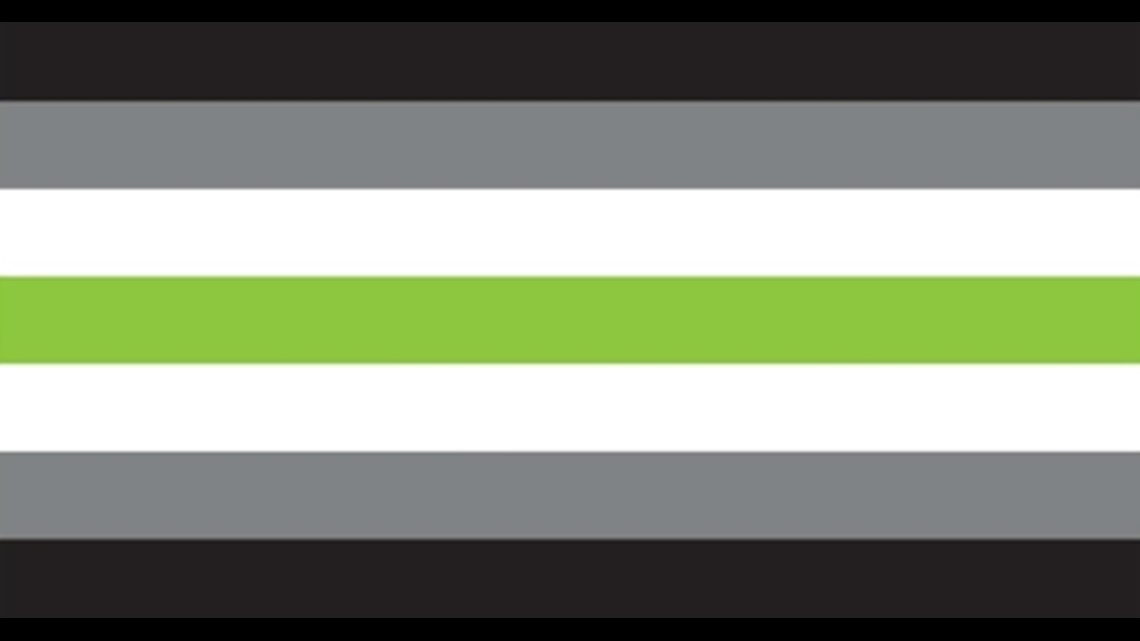
According to Pride.com the black and white stripes represent the absence of gender and the green represents genders that do not fall within the binary.
Genderqueer Pride Flag

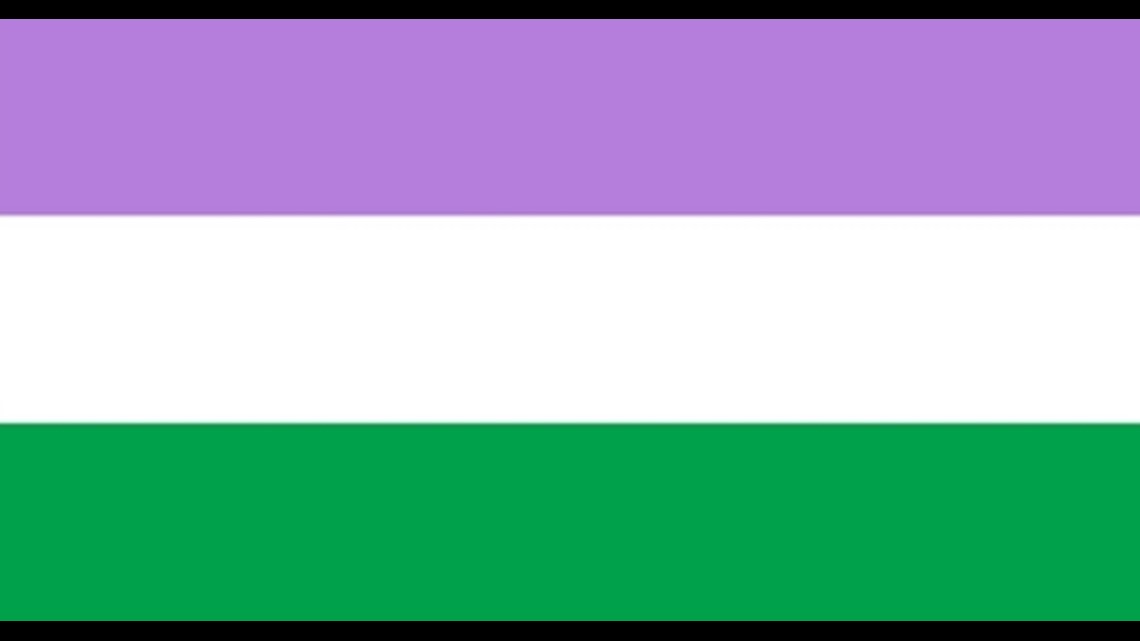
This flag was created by Marilyn Roxie in 2011, according to Pride.com. The flag's light purple stripe is meant to represent androgyny and the white is meant to represent gender identities. The green on the flag is meant to represent nonbinary people.
Lesbian Pride Flag


The lesbian pride flag was created in 2018 by Emily Gwen, according to Old Dominion University's LGBTQIA+ Glossary. The stripes from the flag represent these meanings. Stripe one is meant to represent gender-nonconformity. The second stripe is meant to represent independence. The third stripe is meant to represent the community. The fourth stripe is meant to represent unique relationships to womanhood. The fifth stripe is meant to represent serenity and peace. The sixth stripe is meant to represent love and sex. The seventh stripe is meant to represent femininity.
Gay Pride Flag

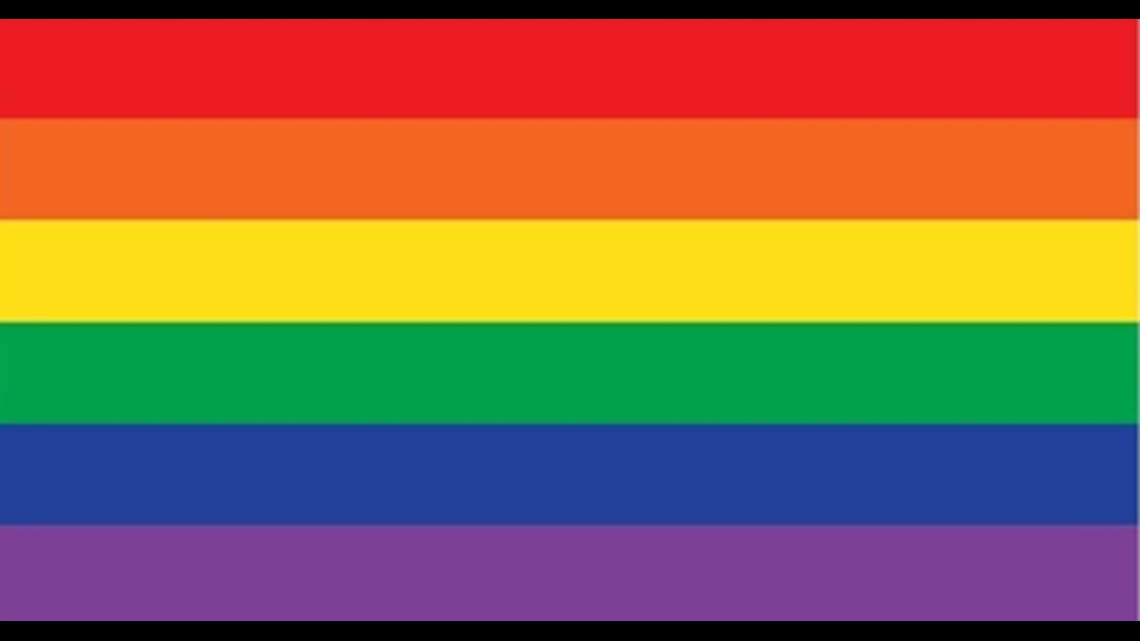
The rainbow flag was created by Gilbert Baker in 1978 for the San Francisco Gay Freedom Celebration. The original flag was comprised of the colors pink, red, orange, yellow, green, blue, and purple. The pink stood for sex, the red stood for life, orange stood for healing, yellow stood for the sun, green stood for nature, blue stood for serenity and purple stood for the spirit, according to GLBT Historical society museum & archives.
The Lovettsville Town Council denied a Pride Month proclamation, fueling frustration and disbelief among community members.
Source: https://www.wusa9.com/article/life/pride-matters/dnp-flags-lgbtq-community/65-edad8f98-5f35-4e40-8ccd-0e29efe49830
0 Response to "Red Purple Blue Flag What Does It Mean"
Post a Comment